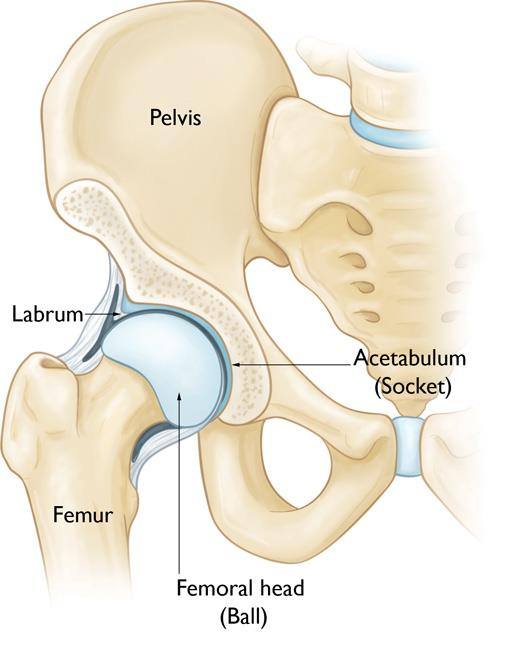Orthopedic Hip Surgery and Replacement

Common Hip Procedures
Hip Arthroscopy
Hip arthroscopy is suited for a wide range of conditions such as symptomatic acetabular labral tears, hip capsule laxity and instability, chondral lesions, osteochondritis dissecans, ligamentum teres injuries, snapping hip syndrome, iliopsoas bursitis, and loose bodies. An arthroscopy procedure allows the doctor to see the hip joint without having to make a large incision. A small camera is inserted into the joint through the incision, as a result the patient typically has less pain and a faster recovery. Although hip arthroscopy has been performed for many years, it is not as widely practiced as knee or shoulder arthroscopy.Hip Morphology
Femoroacetabular impingement has recently been linked to early osteoarthritis of the hip, and hip morphology is an ideal method for treating this type of injury. There are two types of femoroacetabular impingement, cam impingement and pincer impingement. Cam impingement is caused when the femoral head is not completely round, which hinders the rotation inside the acetabular labrum. Pincer impingement is when the acetabular cartilage extends over the labrum, potentially crushing the labrum.Hip Replacement
Making an Appointment
Don’t let your hip injury inhibit your life any longer. Make an appointment with one of our world class surgeons today.
- Dr. Marc J. Philippon: Sports Medicine, Hip Disorders, Hip Arthroscopy
- Dr. Raymond H. Kim: Adult Joint Reconstruction, Knee & Hip Arthroplasty
- Dr. Joel M. Matta: Hip Disorders: Preservation, Replacement & Fractures
- Dr. Leslie B. Vidal: Shoulder, Hip, Knee & Sports Medicine Specialist
- Dr. Jonathan A. Godin: Shoulder, Knee, Hip & Sports Medicine Surgeon
- Dr. Jared T. Lee: Shoulder, Hip, Knee & Sports Medicine
- Dr. Joseph J. Ruzbarsky: Shoulder, Knee, Elbow & Hip Preservation Surgery
It is beneficial to bring x-rays and previous surgical information to your first appointment with the surgeon, so they can determine the best course of action. Other items to bring to your appointment:
- Driver’s License or a valid ID
- List of Medications
- Insurance Information
- Any other relevant medical information
To find out if your insurance is accepted at The Steadman Clinic, be sure to visit our insurance page.
When preparing for your procedure it is important to think through what will be needed post surgery, for example what changes will need to be made at home and at work. Be sure to have a list of any questions that you may have to ask your surgeon prior to surgery.
It is also helpful to meet with your physical therapist before your hip surgery as doing some of the postoperative exercises before can help with recovery. It you are overweight, it is recommended that you try to lose a few pounds prior to surgery as that will also help with recovery.
For more on how to prepare for your hip surgery, please visit our Preparing for Surgery page.

A typically short term recovery for a hip replacement can be as little as 6-8 weeks, with 3-4 days of that being in the hospital. A full recovery from the surgery and return to quality of life can take up to 6-9 months. The serverity of your hip injury and the pace at which your physical therapy progresses will both influence recovery times.
Following your surgery you will typically begin a customized physical therapy plan designed specifically for you and your hip injury. The physical therapist will go over specific exercises that will help you regain full hip movement.
The length of your hospital stay will depend on your surgery and the recommendation of your doctor. Once you are released to go home, you will continue physical therapy for the designated period your doctor has prescribed.
More on Rehabilitation & Training










